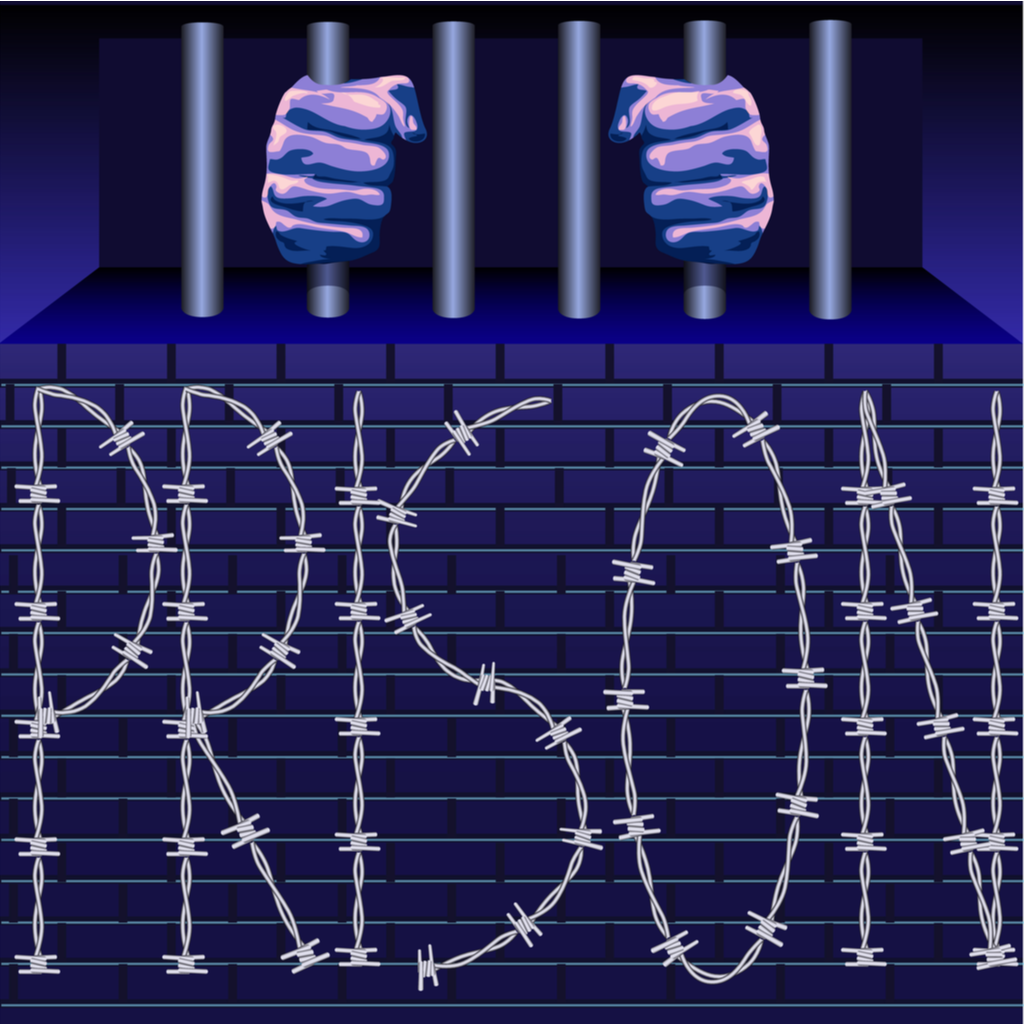![]() For decades, criminal and juvenile justice reformers have fought to dismantle the policies, structures and funding schemes that make up the nation’s overly punitive justice system. Recently, these efforts have been gaining traction. Polls show growing public recognition that the juvenile and criminal justice systems are harsh, ineffective and biased against people of color.
For decades, criminal and juvenile justice reformers have fought to dismantle the policies, structures and funding schemes that make up the nation’s overly punitive justice system. Recently, these efforts have been gaining traction. Polls show growing public recognition that the juvenile and criminal justice systems are harsh, ineffective and biased against people of color.
Reform campaigns, many of which are led by justice-impacted people, have taken critical steps to repeal some of the “tough on crime” approaches that gave rise to mass incarceration and an overbuilt juvenile justice system. In the past several years, more than a million people with felony convictions have won the right to vote in Florida, 16- and 17-year-olds are no longer automatically tried as adults in New York and North Carolina, the nation’s largest death row (California’s) has halted executions and progressive district attorneys have been elected in Boston, Philadelphia and San Francisco.

Maureen Washburn
Yet success in state legislatures or at the ballot box can be fragile. In particular, policies that humanize and empower historically disempowered populations, such as incarcerated or justice-impacted people, are vulnerable to challenge.
In California, a November ballot measure, Proposition 20, seeks to repeal elements of several recent justice reforms, including law changes that have helped to lessen juvenile justice system involvement for youth. Over the past decade, a combination of economic pressures, unconstitutional overcrowding in state prisons and grassroots organizing has resulted in major change to the state’s criminal and juvenile justice systems. Three of the largest reforms — Public Safety Realignment, Proposition 47 and Proposition 57 — have funded innovative, community-based programs and reduced incarcerated populations by addressing the difficult-to-escape cycles of justice system involvement. During this period of reform, violent and property crime rates have declined.
Proposition 20 would transform some theft-related misdemeanors into potential felonies, reduce opportunities for credit-earning in prison, expand DNA collection and jail those with repeated technical violations of probation. For youth, the initiative could mean fewer resources for community programs and harsher penalties for some of the property offenses that had been reclassified as misdemeanors under Proposition 47.
Since its passage in 2014, Proposition 47 has served as an important safeguard against deeper youth involvement in juvenile courts, lock-ups and probation. In the juvenile justice system, the difference between a misdemeanor and a felony charge can be significant. With a felony, youth may see longer periods of time on probation and a greater chance of being detained or confined in a locked facility. For some youth, serious charges in the juvenile justice system can have lifelong consequences, such as deportation or harsher penalties during future contact with the courts.
Interest groups fighting reforms
In challenging well-established law enforcement systems, these reforms have generated opposition. Law enforcement lobbies, local and state lawmakers, retail interest groups and others have donated more than $4 million in support of Proposition 20.
The initiative, like most policies that increase reliance on the criminal or juvenile justice systems, is expected to be costly. By recategorizing certain misdemeanors as potential felonies, the initiative could cost California counties and the state hundreds of millions of dollars annually in new court, probation, jail and prison expenses. Moreover, the initiative could crowd already full prisons and jails and divert resources away from rehabilitative programs and community services. An increase in the number of Californians behind bars would devastate many families and communities.
Currently, the dual public health crises of deadly police violence against Black Americans and COVID-19 are shining a spotlight on the country’s failing justice system and galvanizing support for further reform. However, real change will require shifts away from deeply entrenched and inherently racist law enforcement and penal systems.
As a result, powerful interest groups, such as police, sheriffs, district attorneys or prison staff, many of whom are implicated in this reckoning over racial injustice and the inhumane treatment of incarcerated people, could see a threat to their budgets and livelihoods. To ensure that justice reform is lasting and comprehensive, movement leaders must carefully guard past achievements and work to dismantle the systems that stand in the way of a new approach to justice.
Maureen Washburn is a member of the policy and communications team at the Center on Juvenile and Criminal Justice.

My fiancé Marcos Treviño died as a result of CDCRs negligence in the Chino prison on June 3, 2020. I have been rallying and protesting in hopes of helping to Free juvenile offenders who have done 20 years or more and the seniors who become more and more vulnerable every day as these prisons are overcrowded. The CDCR continue to send young inmates out to work and there is no way to know if whom they are working with are infected and taking it back to the prisons where there are elderly inmates who have a higher risk of contracting Covid. It would seem that the logical thing to do if they are going to release any incarcerated individuals it should begin with the elderly 50 and over who have underlying conditions and or have served a 20 or more year sentence. The recidivism
rateFor these individuals is very low and should be considered more closely as it does make more sense. To reduce the mass incarceration is issue.